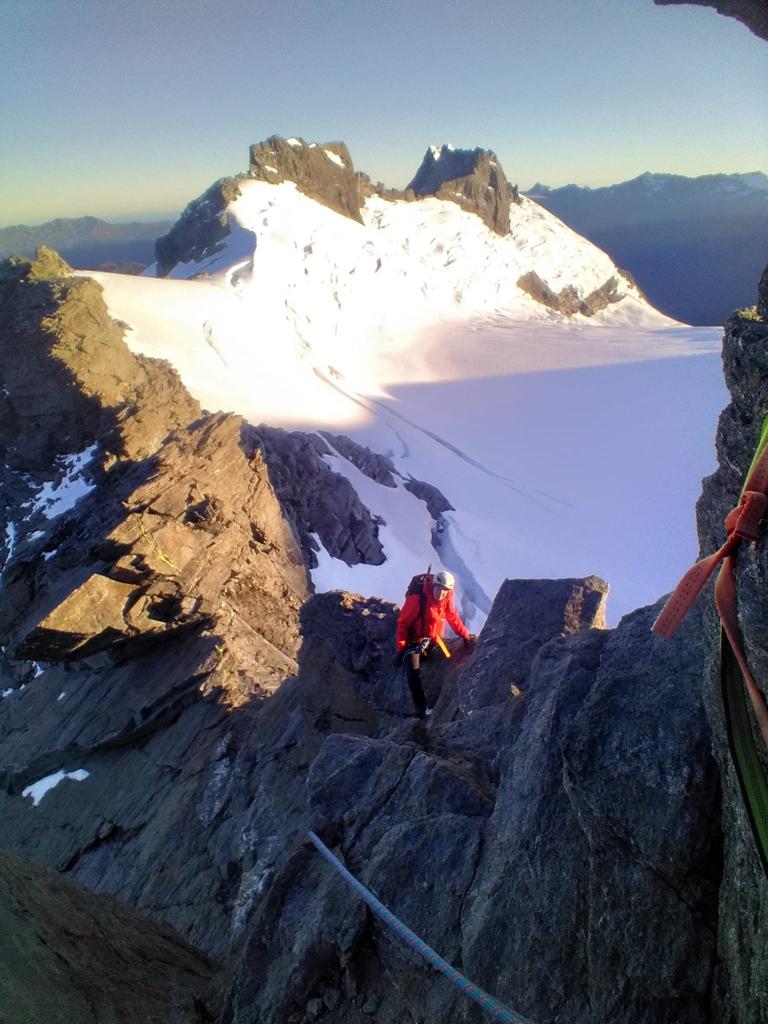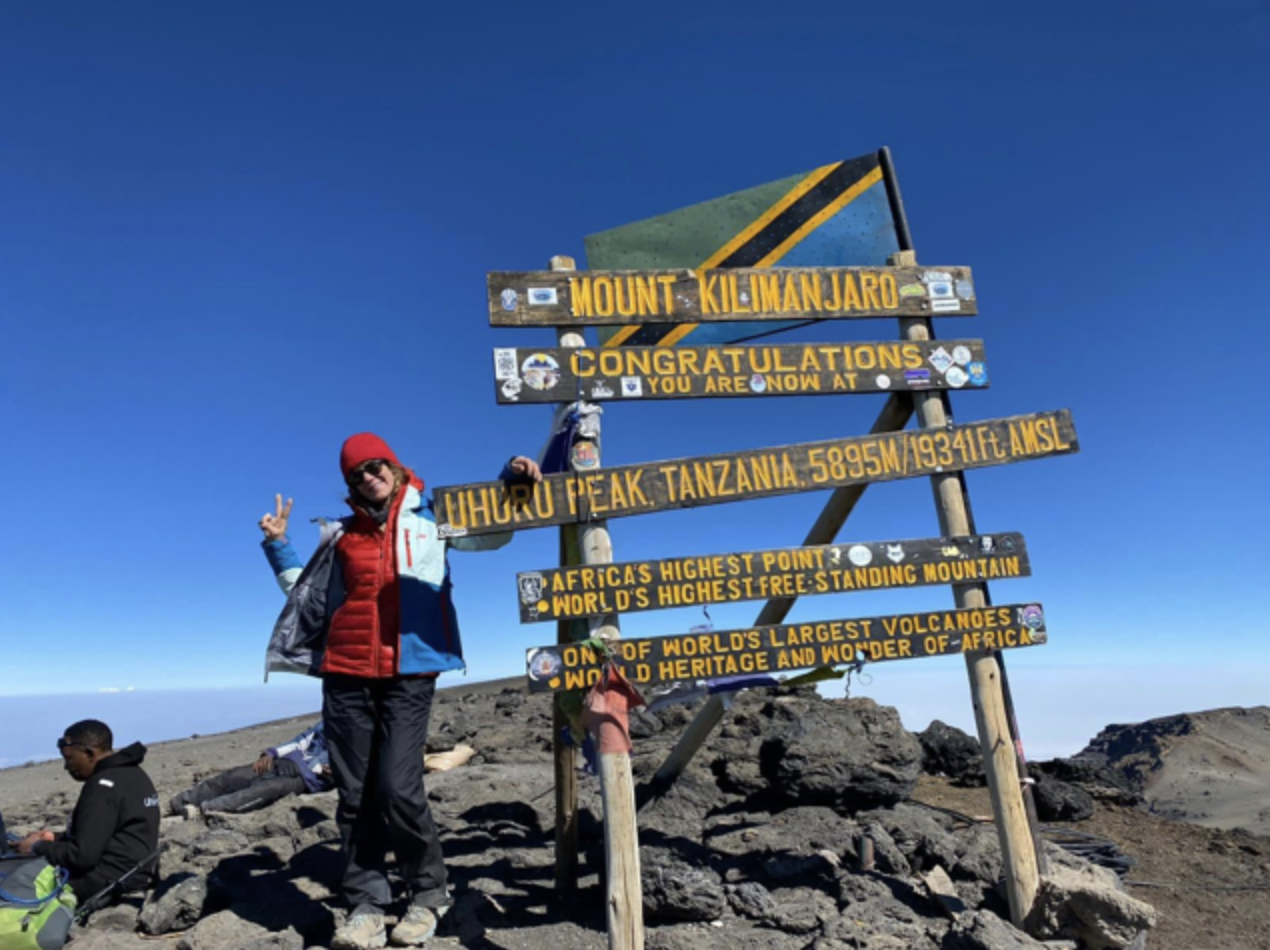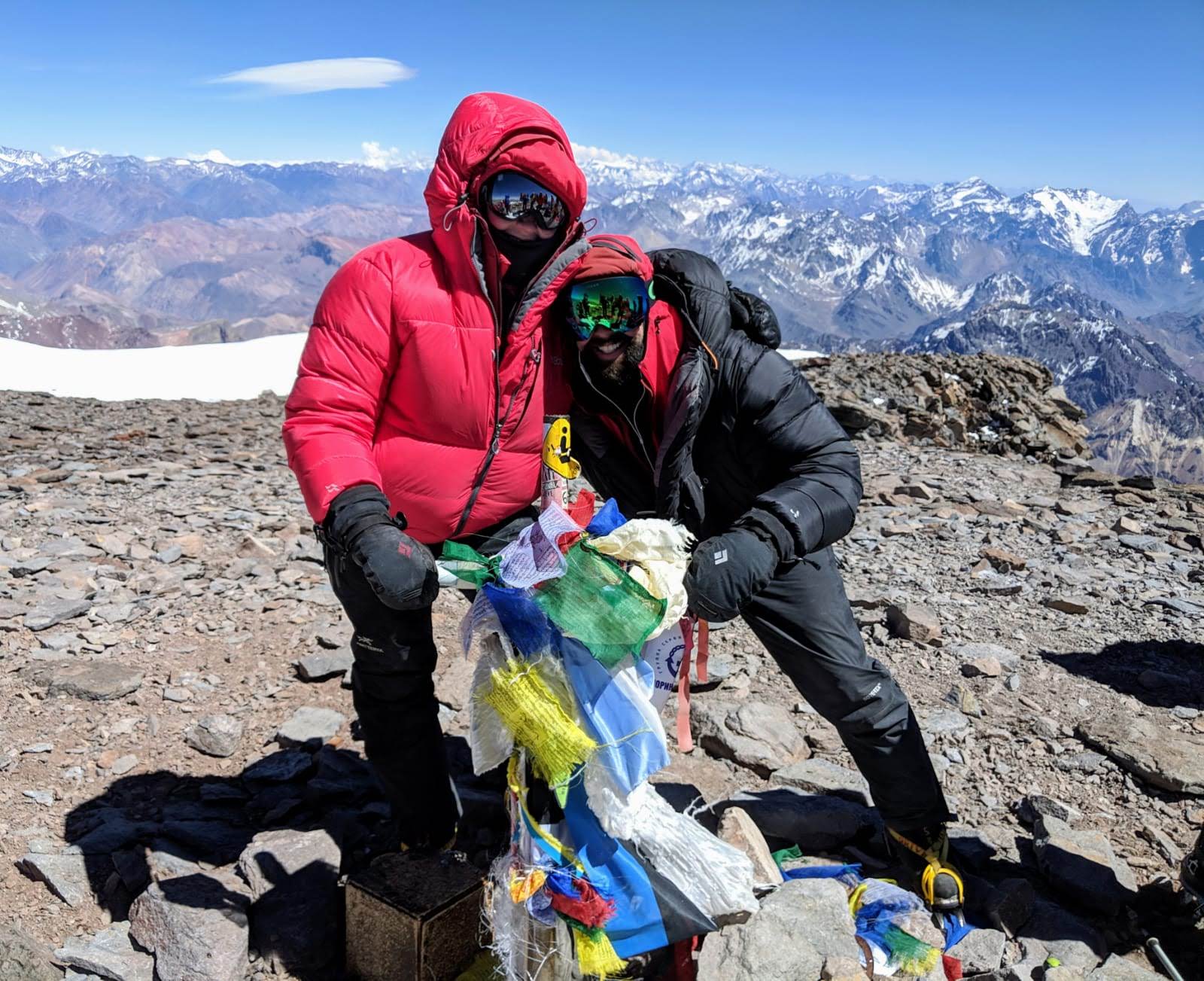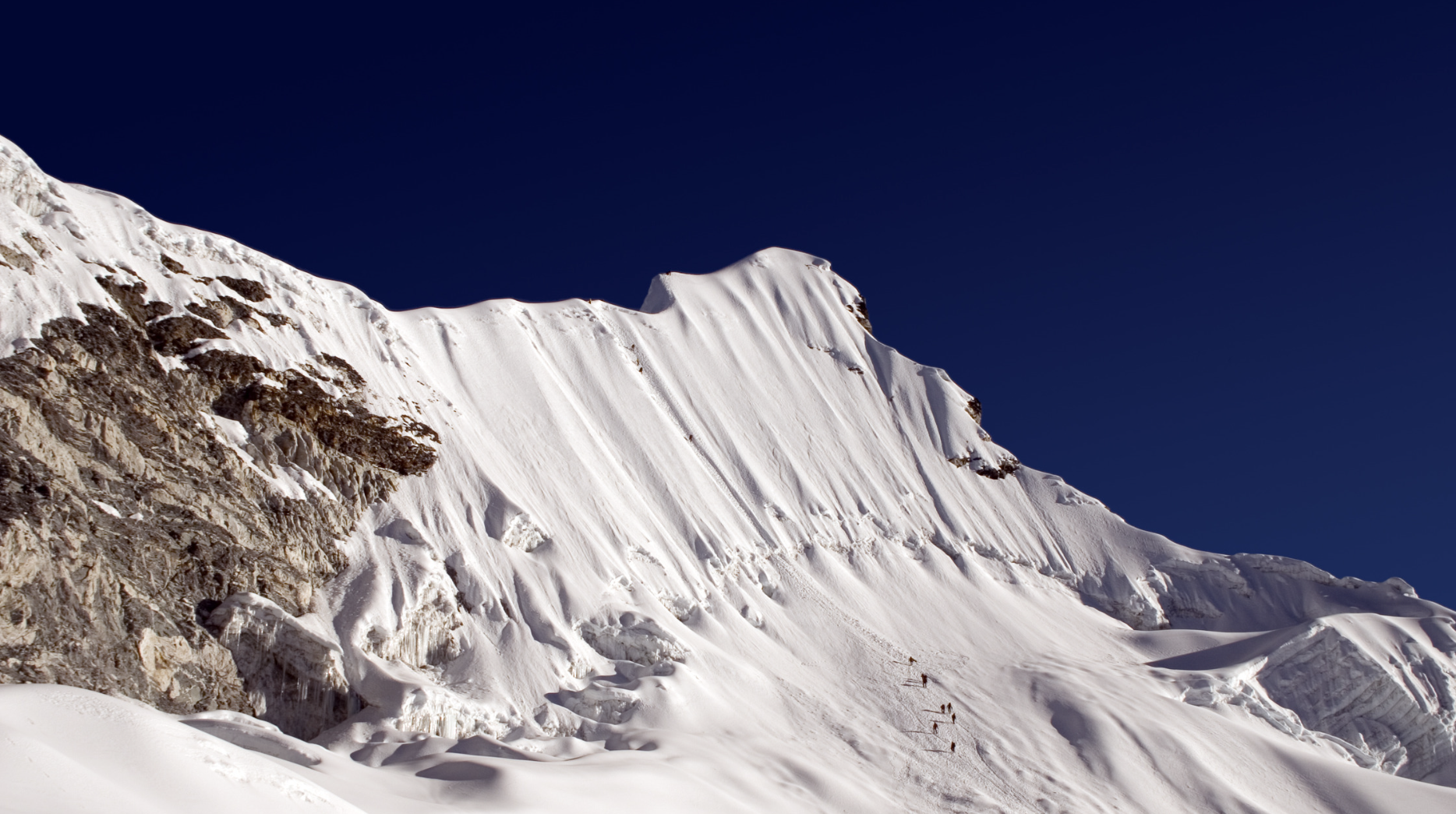Let’s tackle the first question – What are trekking poles? They are long thin stick like accessories used to assist walkers/trekkers with their rhythm and help provide more stability over uneven, rough terrain.
Knowing that, you may be thinking to yourself, “but I am already stable when I walk/trek.” But I learnt a valuable lesson for myself when it comes to trekking poles. Christopher (my husband) and I were in the Scottish Highlands (with a guide) doing a Winter Skills Course at the beginning of 2018. Christopher, being a complete beginner to trekking and mountaineering asked me if we should take trekking poles and I abruptly said that I didn’t think we’d need them. Well, boy was I wrong.
I have very, very good balance and many years of experience on uneven, rough terrain but very little experience with winter conditions. Thankfully our guide had a spare pair of poles and lent them to us because we absolutely did need them. There was a lot of large icy patches along the route and despite having the best crampons available on the market on, it was not enough to cross the icy terrain without the support of a trekking pole. Of course, two would have been better but I was very grateful for even one over those wintery days.
So to answer the first questions – Are Trekking Poles Worth It… YES!
Clients often ask me whether they should use one trekking pole or two and the answer I give them is always the same. The best way to think about poles is like a four-legged animal. They have four points connected to the ground to stabilise them, where as us humans only have two. Using poles allows you to have two extra points connected to the ground to stabilise you
Something I disagree with on trekking poles is the ridiculous price you can pay for brand name poles. Sometimes ranging up to US $150. I have used both the super expensive poles and the cheap poles from my local supermarket. Both have done exactly what I needed them to do; just one cost US $130 less than the other.
You absolutely do not need fancy, expensive trekking poles
Unlike more important pieces of gear, such as a down jacket or a Goretex® jacket, where you should expect and budget to pay top dollar for each item, trekking poles do not fall into that category and in my opinion shouldn’t fall into that price category. Trekking poles are trekking poles – as long as you have a pair then you’re doing great. If you want the brand name poles then go for it but on the same note, if you are being budget friendly, rather choose a pair of cheaper (just as effective) poles and use that extra US $130 to go towards your more important pieces of gear.
I am sure there are some people who would disagree with me on quality and prices for poles but remember, the advice I share here is based on my own experience and you, the reader, should always remember to take someone else’s advice (mine included) with a pinch of salt and customise what you have learnt to your own needs and what works best for you.
Okay, so now that you understand the importance of trekking poles, lets get down to some of the technical questions:
What Length Trekking Poles Do I Need?
<5ft 1 (<154cm) – about 100cm pole length
5ft 1 to 5ft 7 (154cm to 171cm) – about 110cm pole length
5ft 8 to 5ft 11 (172cm to 182cm) – about 120cm pole length
6ft+ (183cm+) – about 130cm pole length
Technically, the above recommendations are the right pole lengths per height, but I always suggest going with what feels right for you. If slightly longer or shorter poles makes you feel more stable and you find them easier to use then go with what feels right rather than what should be right.
Another way of measuring the right pole length for you without getting down to the nitty-gritty of each centimetre is simply to place the tip of the pole at your foot and set the height accordingly so that you have a 90° bend at your elbow.
How To Use Trekking Poles
Put your left pole down as you step forward with your right foot and then put your right pole down as you step forward with your left foot. This is easier to understand if you have a visual image, so if you have two minutes, pop onto YouTube and you’ll find hundreds of videos demonstrating this.
Going up a hill or slope, it is best to place them slightly behind you to help give you a little push up while going down a hill or slope it is best to have the poles slightly in front of you to balance your descent and to assist with breaking and slowing your pace down.
When To Use Trekking Pole Baskets/Tip Protectors
These are the little round things you’ll find on on the bottom end of your trekking poles. I have always taking my pole baskets off on solid terrain (hard ground, rock etc) and kept them on while moving over softer terrain (snow, soft soil and scree) because the poles tend to sink as you put weight on them.
On the other hand, if I am moving over a mixture of hard and soft terrain, which can often be the case as you move higher up a mountain, I just leave my baskets on for both types of terrains.





